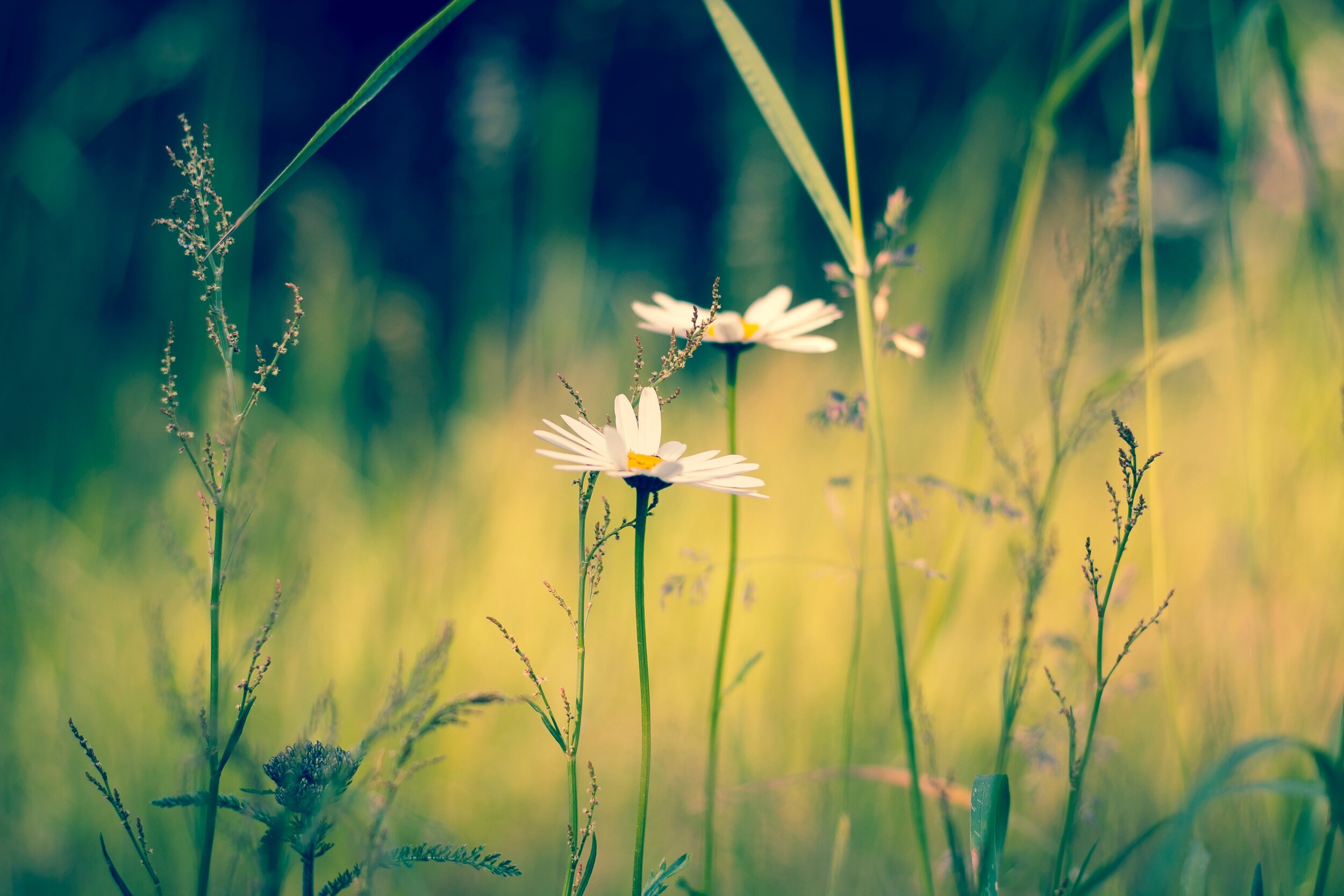Growing therapeutic flowers
22 June 2020
Written by Carolyn Dunster, Author of Urban Flowers
The power of plants to soothe the mind and body is well known, but experts are still not exactly sure why certain aromatic oils have a therapeutic effect. Nevertheless, it is a great idea to grow and use a few in your garden to enhance your sense of wellbeing.
The fragrances of certain plants have long been used as remedies to help us relax, calm our nerves, relieve tension and anxiety, aid sleep and, in some cases, alleviate depression. The centuries-old practice of aromatherapy involves inhaling these scents directly, bathing in their oils or massaging them into the skin. Therapeutic plants are also ingested in the form of a tea or tisane. Many are easy to grow in an urban garden, allowing you to take full advantage of their beneficial qualities.
Soothing lavender
To experiment with therapeutic plants in a small space I would suggest starting with a pot of lavender (Lavendula), a plant renowned for its aromatic qualities and as a powerful relaxant. It is extremely easy to grow in a container; its only requirement is plenty of sunshine. There are many varieties available and different types flower at different times throughout the summer and autumn, starting with the French lavenders early in the season and ending with those that fade with the first frosts. If the scent appeals to you, why not create a mini lavender garden with a colour scheme that ranges from pale lilac to deep purple? My favourite variety and one of the best for impact in a small space is the English lavender, Lavandula angustifolia ‘Hidcote’. Stunning as a single specimen, its deep violet, intensely perfumed flower spikes appear above a neat mound of silvery grey fragrant leaves, which scent the air and any clothing that brushes against them. I sometimes carry a stem of this in my pocket to bring out in moments of anxiety – sitting in a traffic jam nerves a-jangling, for example – and I often sleep with a couple of flower heads under my pillow case, so I can definitely vouch for this pretty plant.
Chamomile (Chamaemelum nobile) is used in aromatherapy for its calming properties. Grow its daisy-like flowers from young plants and dry them to make your own herbal tea, or sprinkle the contents of a tea bag over a seed tray filled with compost. Keep the tray watered in a warm place and seedlings will appear in a couple weeks. Both the flowers and foliage of chamomile have a fruity apple aroma, and plants can be used as part of a wildflower scheme or knitted together to form a carpet or “chamomile lawn”. The plants flower all summer, providing blooms for tea and for picking and arranging. They self-seed profusely, too.
Fennel (Foeniculum vulgare) is another generous self-seeder that earns its keep with feathery scented foliage and seeds that offer many therapeutic benefits. Both the leaves and seeds, which appear after flowering, are edible and reputed to be good for the digestion. They also work well as a natural breath freshener. Fennel is tall plant, growing up to a metre (3ft) in height, but its clouds of wispy emerald leaves and bright yellow lacy umbels do not require much depth of soil, so it can be grown easily in a pot. The foliage has an aniseed scent and flavour, and the flowers smell like a bag of liquorice allsorts.
Pot marigold (Calendula officinalis) has cheerful bright orange or yellow flowers but their scent is an acquired taste and you will either love it or hate it, so smell before buying. It’s best know for its power to heal the skin and you can make your own cream by blending the petals with an emulsifier such as beeswax, together with glycerine and water. Simmer the mixture gently until it turns orange, and keep it in the fridge for treating burns, wounds and rashes. Very easy to grow in any soil and full sun, marigolds make a good cut flower. The petals are also edible and look fantastic in a green salad.
Written by Carolyn Dunster, Author of Urban Flowers available here
Carolyn is a botanical stylist, planting designer and garden writer. She trained at the Inchbald School of Garden design and creates planting schemes for small urban plots. She grows as many flowers as possible in her own tiny garden in north London to use in her styling work. Her first book, Urban Flowers published by Frances Lincoln in 2017, shows readers how to do this for themselves. Her next book, Cut & Dry is a modern guide to growing and drying flowers, grasses and seed heads and will be published by Laurence King in spring 2021.
Carolyn exhibits her work at flower shows and festivals and works regularly with the RHS. In 2016 she staged a small cutting garden at Hampton Court Palace Flower Festival that won a silver medal and the RHS People’s Choice award.
Carolyn writes about flowers, plants and productive gardens for various UK gardening and lifestyle magazines.
Follow her on Instagram @carolynrdunster.


![photo-1445510491599-c391e8046a68[2].jpg](https://images.squarespace-cdn.com/content/v1/5ea9d080718c641f7f486e06/1592821082287-W9CLWVNA4KY57PCP8H1L/photo-1445510491599-c391e8046a68%5B2%5D.jpg)


